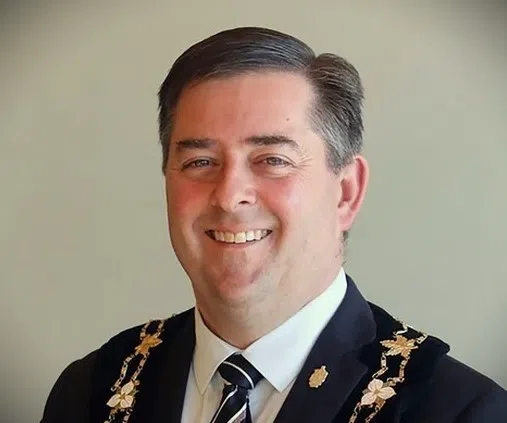
If you’ve got concerns about speedsters behind the wheel in your neighbourhood or ideas about how to calm traffic in Brighton, Mayor Brian Ostrander says the municipality wants to hear from you.
“As everybody knows, we have some concerning driving going on in our community in various neighbourhoods,” said Ostrander. “There are particular neighbourhoods of serious concern, and then there are other neighbourhoods where it’s less concerning, but it still exists.”
And, of course, generally speaking, if people are getting fast and furious behind the wheel in one neighbourhood, it’s not a stretch to imagine they’ll do the same in other neighbourhoods, acknowledged Ostrander.
It’s hoped Brighton’s new transportation master plan will help in these areas and others.
In February, the municipality posted notice of the study, explaining the goal is to develop a long-term road network and active transportation strategy. Work is to help address current needs, but also under projected population growth, reads the study.
And it’s no secret Brighton has been growing. Growth is among other driving factors for the study.
According to the municipality, the master plan will help “outline the direction for a balanced transportation system,” and translate to “a variety of mode choices to residents and visitors through a well-connected network.”
There will also be an emphasis on easy-to-access transportation infrastructure for the next 25 years.
Work is kicking off with preparation of the master-plan document, in line with phases 1 and 2 under the Municipal Class Environmental Assessment process, explained municipal staff.
But it’s also about road safety.
“We wanted to undertake a fulsome master plan of transportation to get a better idea of how to prepare for road safety – how to get people to slow down and obey traffic rules,” said Ostrander, adding council continues to hear from residents wanting speed limit reductions, speed bumps or stop signs installed, et cetera.
Council can continue to deal with such asks on a one-off basis based on those requests, noted Ostrander.
“But the more we get these requests, the more we look at this and say we need a wholistic view of the community, and how are we going to calm traffic, you know, throughout the whole community, not just in one-off neighbourhoods here and there.”
With traffic engineers and field experts’ help, the hope is Brighton will be able to further zero in on focus areas, stretches where to change speed limits, places to keep traffic moving, all that, explained Ostrander, although noting he wasn’t presupposing what the study will glean.
However, he shared he’s hopeful the community will see some real action items come through this, which will not just satisfy the community, but keep pedestrians, drivers, and neighbourhoods safe.
With incredible growth over the years, Brighton has changed.
Simply put, this is about tackling both increased traffic on roadways and preparing for the future.
Anecdotally speaking, noted Ostrander, with more cars on the road, traffic-related complaints also appear to be on the rise in recent years.
Residents can have their say at an upcoming public information centre related to the study. The municipality is gearing up to host the first of two sessions on March 5 from 6 to 8 p.m. at the Owen Gibb Community Hall at the King Edward Park Arena.
According to staff, PIC No. 1 will provide an overview of the study, including issues and opportunities to be addressed. Public input will also be sought on issues and to identify additional concerns.
It will be an open-house format (drop in) with no formal presentation. Study materials will be on display, with the project team available to answer questions and discuss the project.
“Please, please, to all of my friends in the community, please go and participate in these open houses and public information centres,” said Ostrander. “We really … need your input on this.
“We want to know where you’re seeing bottlenecks, where you’re seeing concerning driving, where you’re seeing opportunities to change things for the better for the community.”
Whether you’re living on a rural road, or downtown, “we want to know what your concerns are in your community and neighbourhood,” said Ostrander.
(Written by: Sarah Hyatt)
